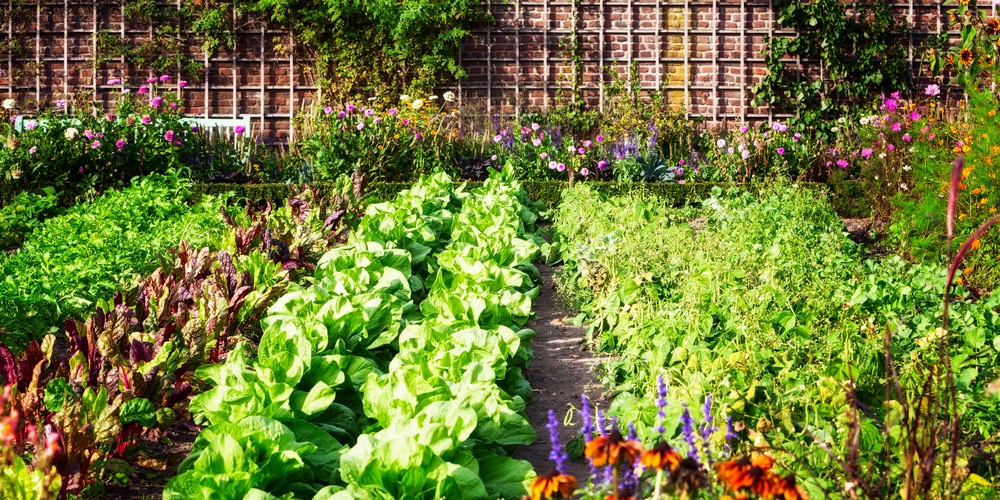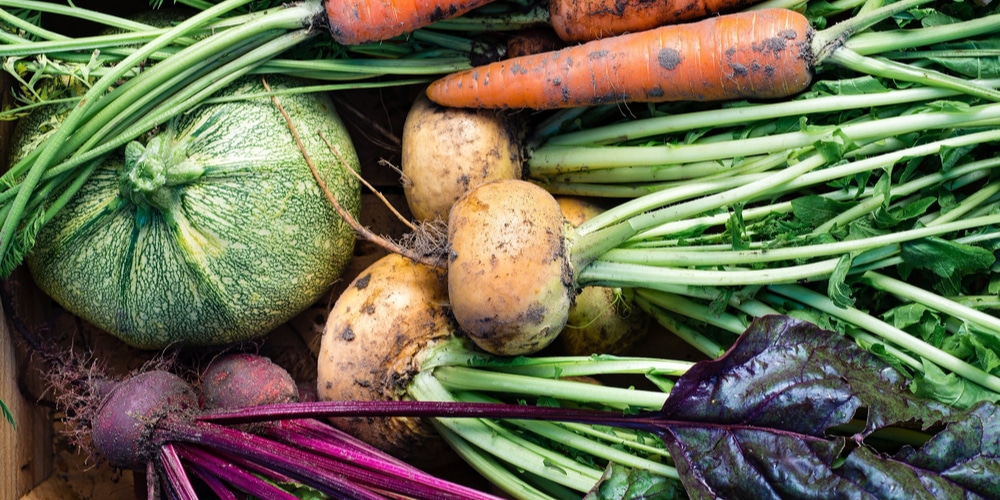Are you looking to get a more bountiful harvest from your vegetable garden? Many gardeners plant again in the summer so that they have a fresh supply of vegetables during the Fall. If you’d like to practice succession planting, you can replant vegetables between mid-June and early august to harvest in Fall. You’ll need to consider the climate where you live, the dates of the first frost, and vegetable rotation. Let’s look at when to plant a fall garden?
Why should I plant a Fall garden?
If you’re wondering when to plant your fall crops, you’ll need to work out your planting dates by checking when the frost is expected in your area. You can have a look at a farmer’s Almac if you’re unsure about the date of the first frost in your area.
Planting vegetables in the summer will allow you to extend your growing season and get a second harvest. You may also want to plant during the summer and harvest in fall if you’ve missed the spring planting season.
Planting vegetable in June or July allows you and your family to enjoy fresh vegetables during Fall and winter. Fall gardening is considered easier in many areas as your plants are less likely to be affected by insect infestation due to the cooler weather. There are many seasonal vegetables that you can grow, such as gourds and pumpkins, which are traditionally harvested in the Fall.
You’ll also be able to grow other crops, including chilies, lettuces, tomatoes, and peas, as long as you plant at the correct time. Planting a fall garden also helps improve the quality of your soil organically.
When to plant a fall garden?
To decide when to plant your vegetables, look at when the first frost is expected to be. In general, you should plant fall vegetables between the 25th of June and the 30th of September. In states with early fall frost, that’s likely to arrive around the 10th of September; you can plant vegetable seeds between the 25th of June and the 1st of August.
Vegetables that take longer to grow, such as beets, chard, carrots, and peas, can be planted at the end of June, while fast-growing vegetables including lettuce, spinach, and radishes can be planted in mid to late July.
It’s also a wise idea to read each individual seed packet to work out whether the vegetables have time to grow and mature before the first frosts arrive. For example, if it takes two months for a vegetable to grow and be ready to harvest and the first frost in your state isn’t expected until the 30th of October, you can plant the seeds on or before the 30th of August.
The best vegetables for a fall garden
Here are some of the best vegetables that can be grown in a fall garden. These vegetables will grow well in cooler weather and taste great during the fall season.
Lettuce
Lettuce can be planted four to eight weeks before the date of the first frost. It grows well when the temperature is between 45 and 75 degrees and likes to grow in either the full sun or partial shade. If you live in a colder climate growing, lettuce should be relatively easy as it is a hardy vegetable. You can even continue to grow lettuce through the winter in many states by using a cold frame.
Kale
Kale can be planted six to 8 weeks before frost is expected. If you live in zones 8 to 10, you may be able to continue planting kale throughout the Fall. These vegetables like being in the sun and also thrive in partial shade. They are a hardy vegetable that grows well in colder weather, and frost even improves their flavor.
Spinach
Spinach is similar to lettuce and should be planted four to eight weeks before frost is expected. It’s an excellent fall and winter vegetable that grows well in partial shade. Spinach can even survive when the temperature falls below freezing as long as it’s fully grown before the frost hits.
Broccoli
Broccoli needs to be planted indoors three to four months before the first frost date. After three weeks, the young seedlings can be transplanted to your garden. Broccoli is very hardy and can tolerate very cold weather. The plants may even survive all winter, depending on where you live. Ensure you give your broccoli plenty of water as the soil needs to be moist if this vegetable is to grow well.
Conclusion
Planting during the summer months will allow you to have an additional crop of many vegetables. Make sure you plant your seeds at the right time so that they can grow to maturity and be harvested before the first frost comes. Cold weather can kill many varieties of vegetables, so it’s essential to work out when to plant carefully.





